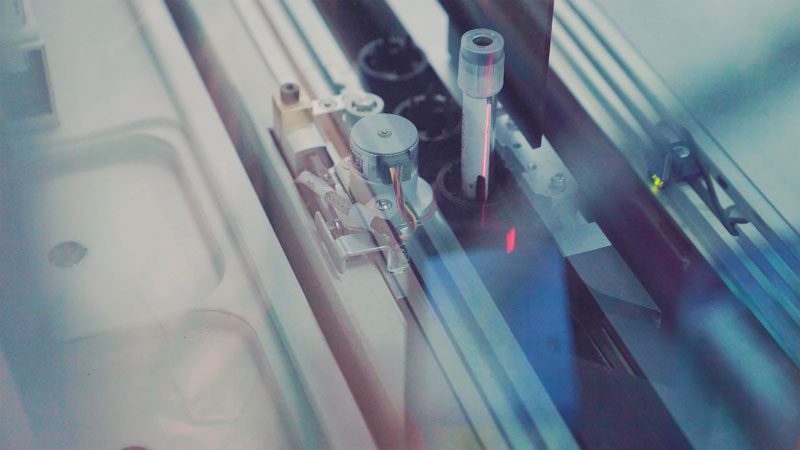
Introduction:
The lab industry is facing a major employee shortage. According to the American Society for Clinical Pathology (ASCP), there will be a shortage of 120,000 laboratory professionals by 2025. This shortage is being driven by a number of factors, including retirements, increased demand for testing, and a lack of qualified candidates.
The medical laboratory employee shortage has posed significant challenges for clinical laboratories, affecting their ability to provide efficient and accurate healthcare services. However, in the face of this shortage, innovative technological solutions are paving the way forward. In this blog post, we will explore the transformative role of technology in addressing the medical laboratory employee shortage and revolutionizing the field. Let’s delve into the key innovations and solutions that are shaping the path forward for clinical laboratories.
-
Automation and Robotics:
The advent of automation and robotics has revolutionized the landscape of medical laboratories. These technologies have the potential to augment and streamline laboratory processes, reducing the dependency on human personnel. Automated systems can handle routine tasks such as sample preparation, sorting, and analysis, enhancing efficiency and minimizing the need for additional staff. Robotics can facilitate precise handling of samples, improving accuracy and throughput. By embracing automation and robotics, clinical laboratories can optimize workflow, mitigate the impact of the employee shortage, and enhance overall productivity.
-
Artificial Intelligence and Machine Learning:
Artificial intelligence (AI) and machine learning (ML) have emerged as powerful tools in the medical laboratory domain. These technologies can analyze vast amounts of data, identify patterns, and aid in diagnostic decision-making. AI-powered algorithms can assist in the interpretation of complex test results, reducing the burden on laboratory professionals. Machine learning models can learn from data and improve over time, leading to more accurate diagnoses and predictions. Implementing AI and ML systems in clinical laboratories enables faster and more precise analyses, thus alleviating the strain caused by the employee shortage.
-
Telemedicine and Remote Monitoring:
Telemedicine has gained prominence in recent years, offering opportunities for remote healthcare services. Clinical laboratories can leverage telemedicine to expand their reach and optimize resource allocation. Through telemedicine, patients can access laboratory services from the comfort of their homes, reducing the need for in-person visits. Remote monitoring technologies enable real-time data collection, allowing healthcare providers to track patient health parameters and perform diagnostic tests remotely. Embracing telemedicine and remote monitoring not only mitigates the impact of the employee shortage but also enhances accessibility and patient care.
-
Digitalization and Connectivity:
The digitalization of laboratory processes and the establishment of seamless connectivity are transforming the way clinical laboratories operate. Laboratory information management systems (LIMS) enable efficient sample tracking, data management, and result reporting. Electronic health records (EHR) enhance collaboration and information sharing among healthcare providers. Interconnected systems facilitate streamlined communication between laboratories, healthcare facilities, and patients. By embracing digitalization and connectivity, clinical laboratories can optimize workflows, reduce manual errors, and ensure efficient utilization of resources.
Conclusion:
As the medical laboratory employee shortage continues to challenge the clinical laboratory industry, technological innovations offer a path forward. Automation and robotics streamline laboratory processes, while AI and ML enhance diagnostic capabilities. Telemedicine and remote monitoring revolutionize patient access to laboratory services. Digitalization and connectivity optimize workflows and collaboration. By embracing these technological solutions, clinical laboratories can overcome the constraints posed by the employee shortage, ensuring high-quality healthcare services, and transforming the field. As we navigate the evolving landscape of healthcare, it is clear that technology holds the key to shaping the future of medical laboratories.
Recent Posts
- Ensuring Data Security in Clinical Labs: Best Practices for Lab Software Solutions
- The Power of Data Analytics with LIMS in Clinical Labs
- Lab Software and LIMS: Pioneering Digital Transformation in Clinical Labs
- Lab Software Solutions and Technology: The Silent Revolution in Medical Diagnostics
- Revolutionizing Laboratories: How Digitalization and Connectivity Can Transform Lab Efficiency and Quality of Patient Care
